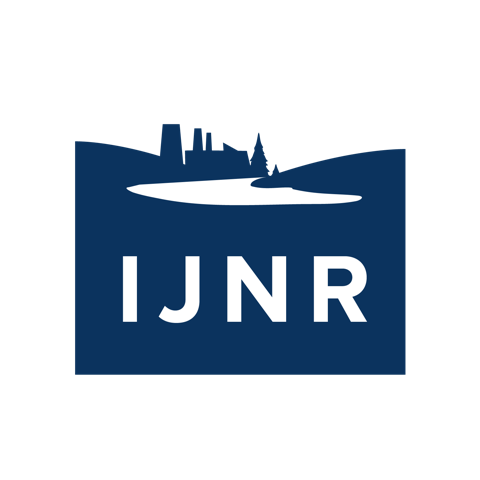Big Changes on the
Great Lakes:
A Virtual IJNR Institute for Journalists
Four Thursdays in May + June
At the end of the last Ice Age, retreating glaciers left behind a true natural wonder: a giant reservoir holding nearly one-fifth of all of the available fresh surface water in the world. Today, eight U.S. states and two Canadian provinces border these Great Lakes. Some 40 million people depend on them for drinking water. Sport and commercial fishing operations bring in billions of dollars each year and millions of tourists flock annually to their shores.
While Great Lakes cities have been branded the Rust Belt – seen as shadows of their halcyon days – their unequalled access to water and projections for relatively mild impacts of climate change have many wondering if the Rust Belt is due for a renewal, or even potential wave of climate migration. Of course the Great Lakes will see their share of problems in a warming world. They are some of the fastest warming water bodies on the planet. Potentially toxic algal blooms are a rite of summer for coastal communities and threaten some public drinking water supplies. Increasingly extreme summer rainstorms overwhelm aging infrastructure and cause devastating floods.
The Institute for Journalism and Natural Resources held its first-ever “virtual Institute,” a series of four half-day, interrelated workshops that explored current conditions and future projections in the Great Lakes and what those changes mean for both current and future residents.
Please find the itinerary and individual session recordings below:

